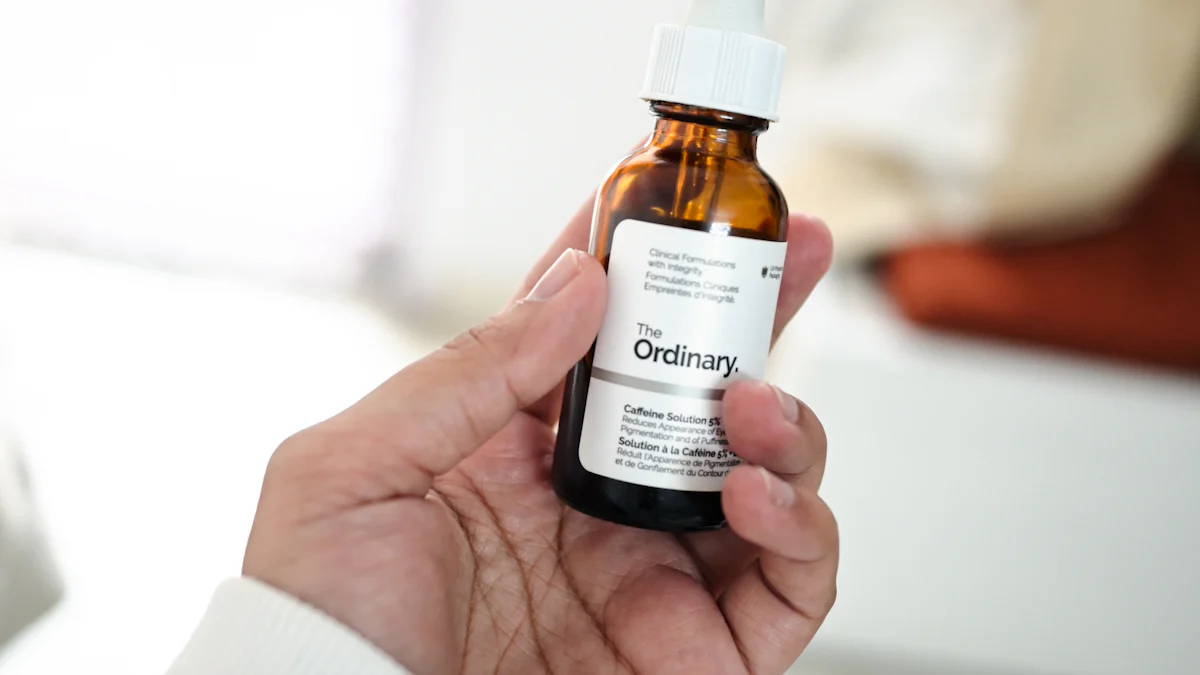
Enzymatic agents are reshaping how you think about textiles. These biological catalysts streamline fabric processing by targeting specific reactions. You can achieve cleaner results with less energy and fewer chemicals. This innovation not only enhances fabric quality but also reduces environmental harm. By adopting enzymatic solutions, you contribute to a more sustainable future for textiles.
Key Takeaways
- Enzymes help make textiles using less energy and chemicals. This makes production better for the environment.
- They improve fabric by focusing on certain reactions. This creates cleaner, softer, and stronger materials.
- Using enzymes can save money by cutting waste and using fewer harsh chemicals.
What Are Enzymatic Agents?
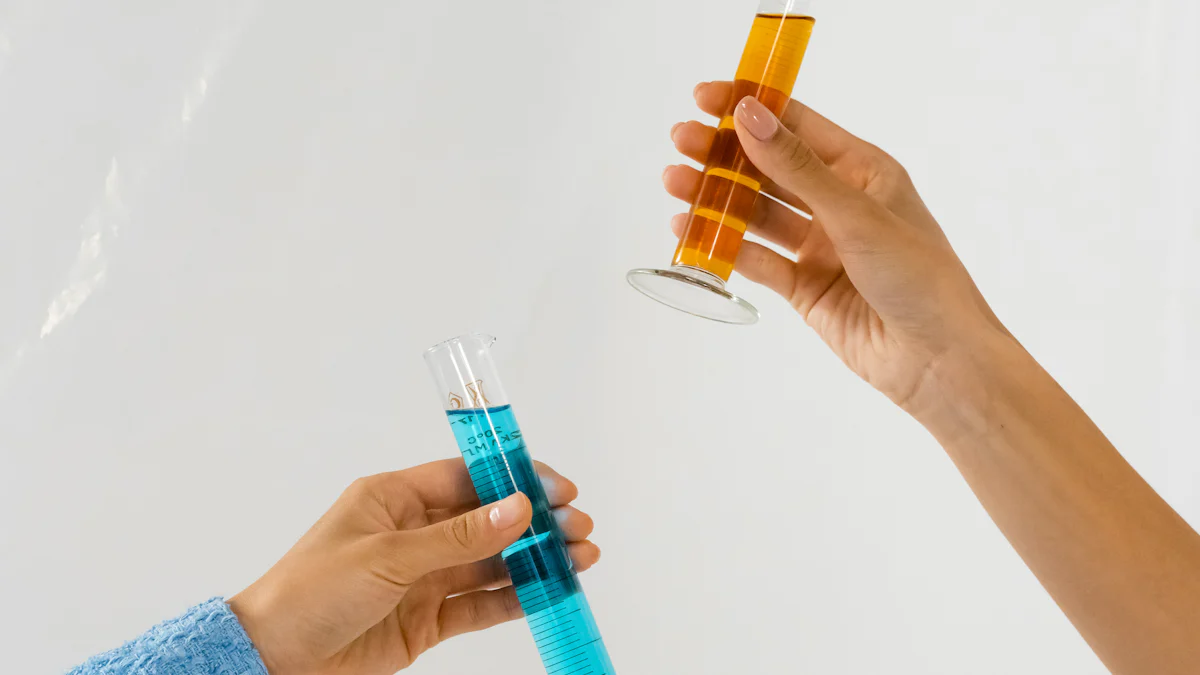
Definition and role in textiles
Enzymatic agents are biological molecules that speed up chemical reactions. In textiles, they play a key role in improving fabric processing. These agents replace harsh chemicals traditionally used in manufacturing. You can use them to clean, soften, or modify fabrics without damaging the material. Their ability to target specific reactions makes them highly effective for tasks like removing impurities or enhancing fabric texture. By using enzymatic agents, you can achieve better results while reducing environmental impact.
How enzymatic agents work at a molecular level
At the molecular level, enzymatic agents act as catalysts. They bind to specific molecules, called substrates, and break them down or modify them. This process happens under mild conditions, such as lower temperatures and neutral pH levels. For example, in textile processing, enzymes like cellulase break down cellulose fibers to remove fuzz or improve softness. Because these agents work with precision, they minimize waste and ensure consistent results. You can think of them as nature’s tools, designed to perform tasks efficiently and cleanly.
Why enzymatic agents are ideal for textile applications
Enzymatic agents are ideal for textiles because they combine efficiency with sustainability. They require less water, energy, and time compared to traditional methods. This makes them cost-effective for manufacturers like you. Additionally, they are biodegradable, which means they don’t leave harmful residues. Their versatility allows you to use them in various applications, from fabric finishing to stain removal. By adopting enzymatic agents, you can enhance product quality while supporting eco-friendly practices.
Benefits of Enzymatic Agents in Textiles
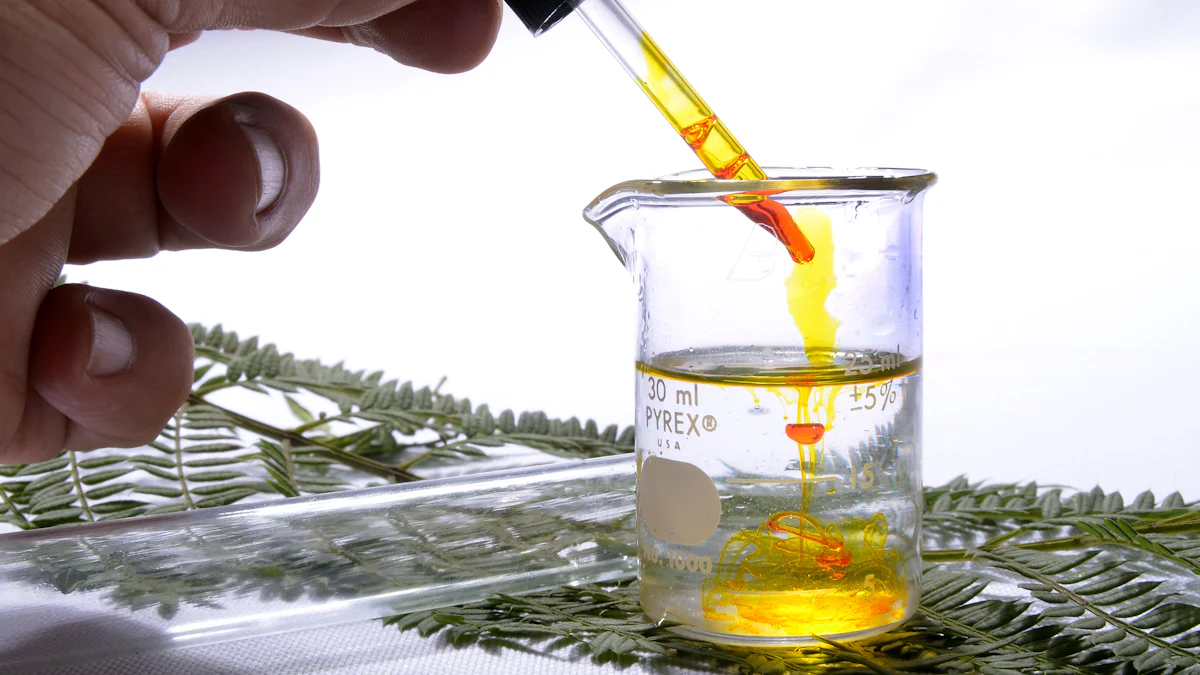
Sustainability and eco-friendly processing
You can make a significant impact on the environment by using enzymatic agents in textile production. These agents reduce the need for harsh chemicals, which often pollute water sources and harm ecosystems. They work under mild conditions, such as lower temperatures and neutral pH levels, which means you consume less energy and water during processing. This approach minimizes your carbon footprint and supports sustainable practices. Additionally, enzymatic agents are biodegradable, so they break down naturally without leaving harmful residues. By choosing these solutions, you contribute to a cleaner, greener textile industry.
Enhanced efficiency and precision
Enzymatic agents allow you to achieve precise results in textile processing. Their ability to target specific molecules ensures that you only modify or remove what is necessary. For example, enzymes like cellulase can selectively remove fuzz from fabrics, leaving the rest of the material intact. This precision reduces waste and enhances the quality of your final product. You also save time because enzymatic reactions occur faster than traditional chemical processes. With these agents, you can streamline your operations and consistently produce high-quality textiles.
Cost-effectiveness for manufacturers
Switching to enzymatic agents can lower your production costs. These agents work efficiently under mild conditions, so you spend less on energy and water. Their targeted action reduces material waste, which helps you save on raw materials. Additionally, enzymatic agents often require fewer processing steps, cutting down on labor and time. Over time, these savings add up, making enzymatic solutions a cost-effective choice for your business. By adopting this technology, you can improve your bottom line while maintaining high standards of quality.
Applications of Enzymatic Agents in Textiles
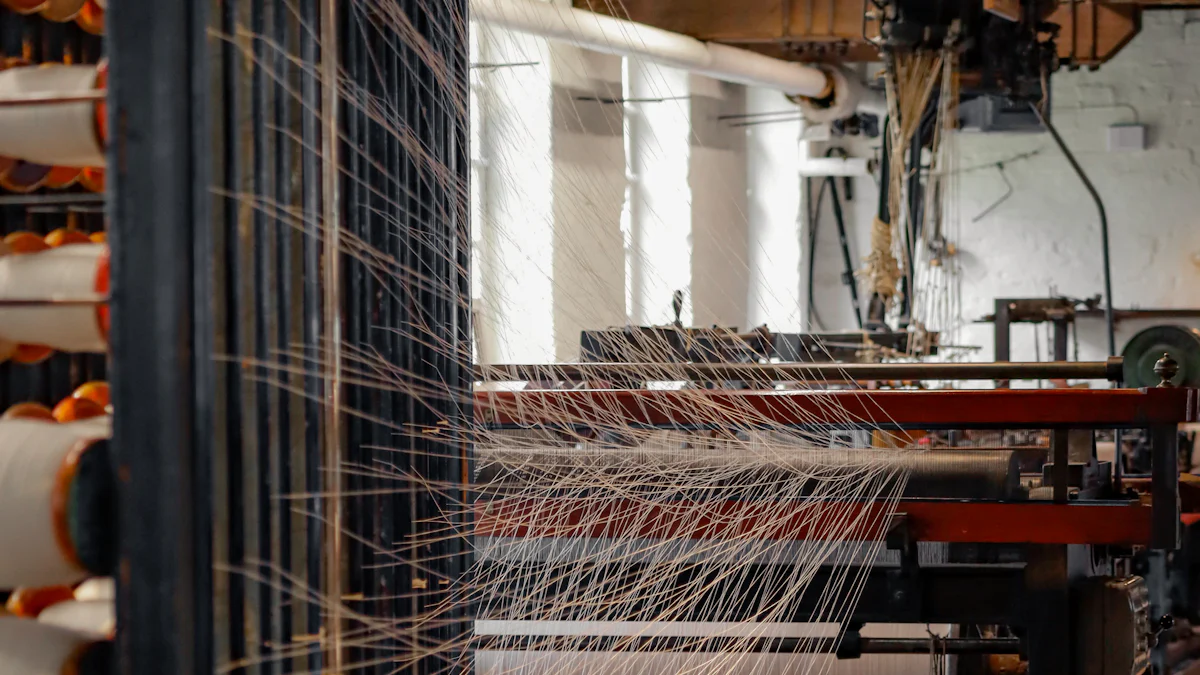
Fabric processing and finishing
You can use enzymatic agents to improve fabric processing and finishing. These agents help remove impurities like starch, wax, and natural oils from raw materials. For example, amylase enzymes break down starches used in fabric sizing, leaving the material clean and ready for further treatment. Enzymes like cellulase enhance fabric softness by targeting cellulose fibers, creating a smoother texture. This process also reduces pilling, which improves the durability and appearance of your textiles. By incorporating enzymatic solutions, you achieve high-quality finishes while minimizing chemical use.
Stain removal and garment care
Enzymatic agents are highly effective in stain removal and garment care. Protease enzymes break down protein-based stains, such as blood or sweat, while lipase enzymes target oil and grease stains. These agents work at low temperatures, making them ideal for delicate fabrics. You can find enzymatic solutions in many laundry detergents, where they enhance cleaning power without damaging fibers. Their precision ensures that stains are removed without affecting the color or texture of your garments. This makes enzymatic agents a reliable choice for maintaining fabric quality over time.
Eco-friendly dyeing and color enhancement
You can revolutionize dyeing processes with enzymatic agents. These agents prepare fabrics for dyeing by removing natural impurities, ensuring even color absorption. Laccase enzymes, for instance, oxidize dyes to create vibrant and long-lasting colors. Enzymatic solutions also reduce the need for harsh chemicals, making dyeing more eco-friendly. Additionally, they improve color fastness, so your fabrics retain their brilliance even after multiple washes. By using enzymatic agents, you enhance both the aesthetic appeal and sustainability of your textiles.
Why Enzymatic Agents Outperform Traditional Methods
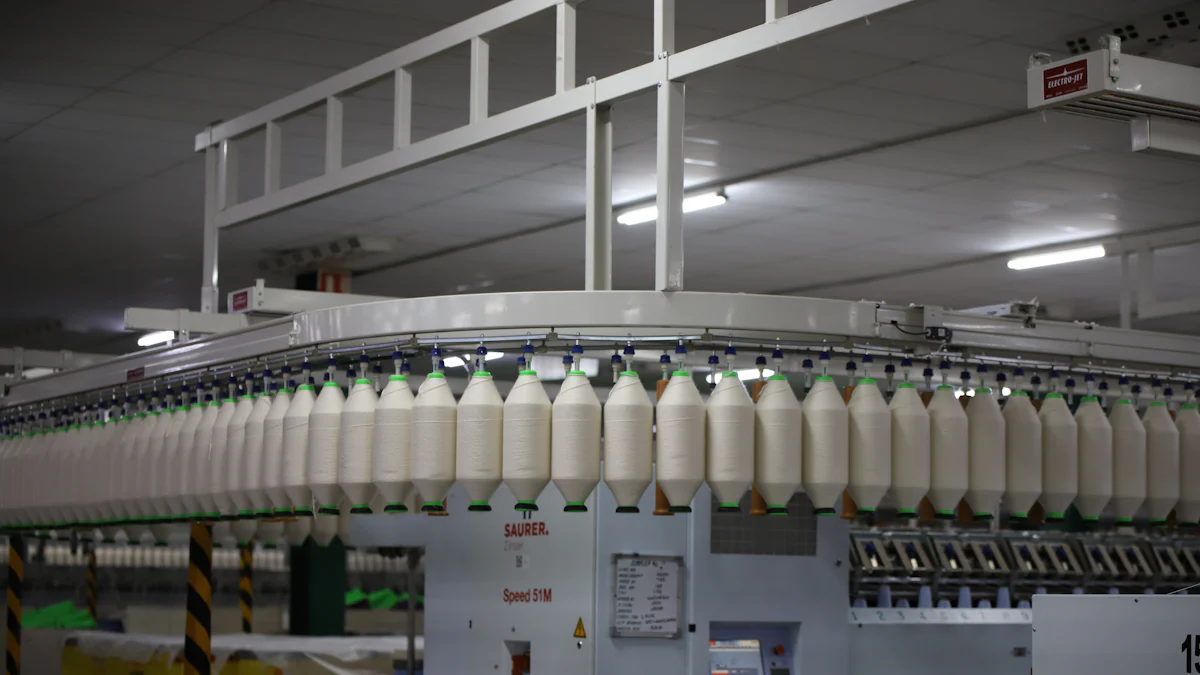
Environmental advantages over chemical processes
You can significantly reduce environmental harm by using enzymatic agents instead of traditional chemical methods. Chemical processes often release toxic byproducts into water and air, harming ecosystems. Enzymatic agents, on the other hand, are biodegradable and leave no harmful residues. They work under mild conditions, such as lower temperatures and neutral pH levels, which means you consume less energy and water. This reduces your carbon footprint and helps conserve natural resources. By choosing enzymatic solutions, you actively support cleaner production practices and contribute to a healthier planet.
Superior efficiency and quality
Enzymatic agents deliver unmatched precision and efficiency in textile processing. Unlike chemicals that act broadly, enzymes target specific molecules, ensuring you achieve the desired results without damaging fabrics. For example, cellulase enzymes remove fuzz from cotton fibers, leaving the material smooth and soft. This precision enhances the quality of your textiles, making them more durable and visually appealing. Additionally, enzymatic reactions occur faster than chemical ones, allowing you to complete processes in less time. With these agents, you can consistently produce high-quality products while optimizing your workflow.
Cost and resource savings
Switching to enzymatic agents can save you money and resources. These agents operate under mild conditions, so you spend less on energy and water. Their targeted action minimizes waste, reducing the need for excess raw materials. Enzymatic processes also require fewer steps, which lowers labor costs and shortens production times. Over time, these savings add up, making enzymatic solutions a cost-effective choice for your business. By adopting this technology, you can improve your bottom line while maintaining high standards of quality and sustainability.
Future Potential of Enzymatic Agents
Innovations in enzymatic textile technology
You can expect rapid advancements in enzymatic textile technology in the coming years. Researchers are developing new enzymes tailored for specific textile applications. These innovations aim to improve efficiency and expand the range of processes enzymatic agents can handle. For example, scientists are exploring enzymes that work under even milder conditions, reducing energy consumption further. Additionally, bioengineering is creating enzymes with enhanced stability, allowing you to use them in more challenging environments. These breakthroughs will make enzymatic solutions even more versatile and accessible for textile manufacturers.
Potential for sustainable fashion
Enzymatic agents hold immense potential for driving sustainable fashion. By adopting these solutions, you can reduce the environmental impact of textile production. Enzymes enable processes like eco-friendly dyeing, fabric softening, and stain removal without relying on harmful chemicals. This aligns with the growing demand for sustainable practices in the fashion industry. As a manufacturer, you can use enzymatic technology to create high-quality, eco-conscious products that appeal to environmentally aware consumers. This shift toward sustainability not only benefits the planet but also enhances your brand’s reputation.
Broader adoption across industries
The use of enzymatic agents is not limited to textiles. You can find applications for these biological catalysts in industries like food, paper, and environmental protection. For instance, enzymes are already used to treat wastewater and reduce industrial pollution. As technology advances, you will see more industries adopting enzymatic solutions to replace traditional chemical processes. This broader adoption will drive innovation and create new opportunities for sustainable practices across multiple sectors. By embracing enzymatic technology, you position yourself at the forefront of this transformative movement.
Enzymatic agents are transforming textiles by offering sustainable and efficient solutions. You can reduce environmental harm, improve fabric quality, and lower costs by adopting these innovations. Their role in driving eco-friendly practices positions them as essential for the future of textiles. Embrace this technology to stay ahead in a changing industry.
FAQ
What makes enzymatic agents eco-friendly?
Enzymatic agents are biodegradable and work under mild conditions. They reduce energy and water usage, replacing harsh chemicals that harm the environment.
Can enzymatic agents improve fabric durability?
Yes, they enhance durability by reducing pilling and maintaining fiber integrity. This ensures your textiles stay smooth, soft, and long-lasting.
Are enzymatic agents safe for all fabrics?
Most fabrics benefit from enzymatic agents. However, you should test delicate materials to ensure compatibility with specific enzymes.
Post time: Jan-22-2025

